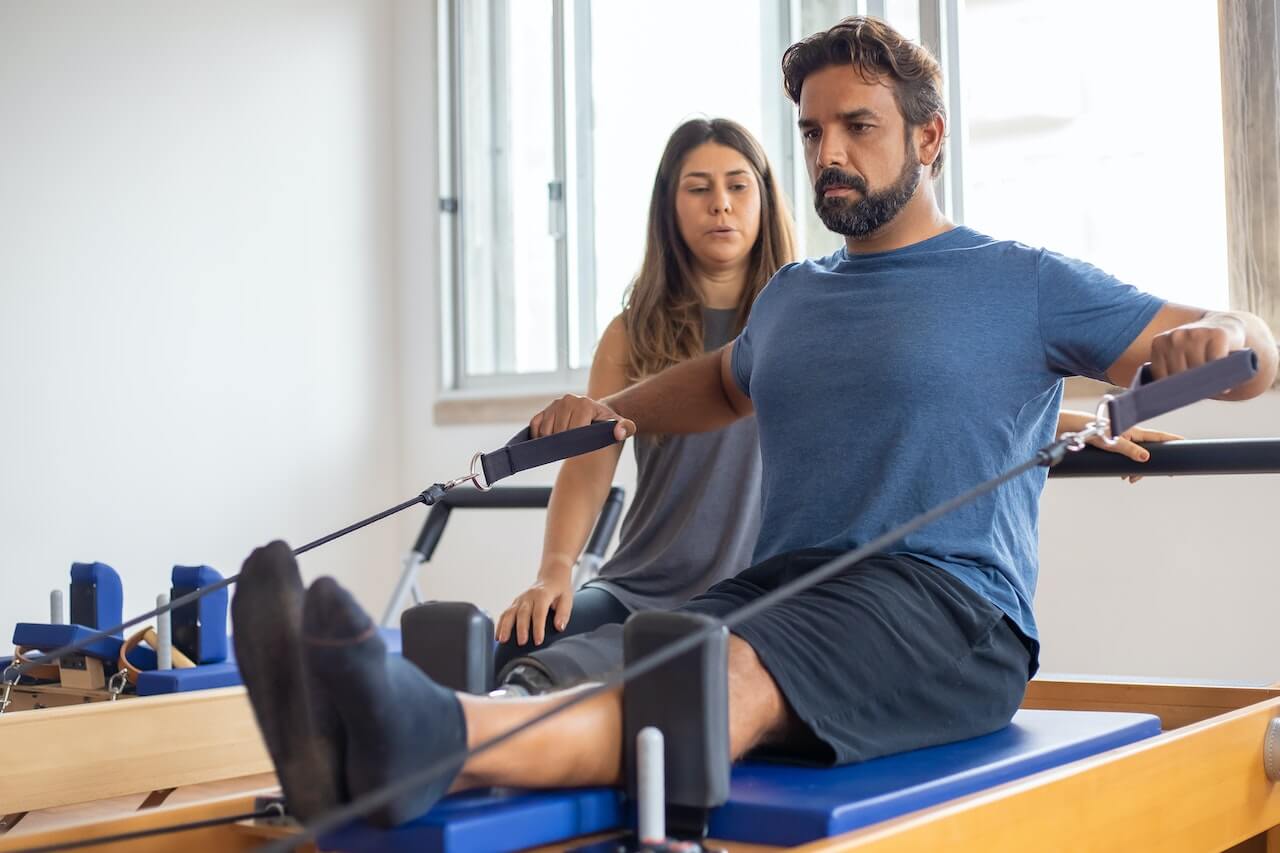In the healthcare industry, Current Procedural Terminology (CPT) is used as a standardized coding system to describe medical procedures and services. The code is a set of five digits developed by the American Medical Association, which helps healthcare providers, insurance companies, and government agencies understand exactly what kind of treatment a patient received.
In this article, we’ll take a look at CPT code 97750. What is it, when is it used, and how does an AI platform such as Kemtai help?
Physical Performance Test CPT Code: What Is It?
CPT code 97750 is a crucial tool for physical therapists as it allows them to bill their services accurately. The code describes a physical performance test, which is a comprehensive and objective assessment of a patient’s abilities in various functional tasks. It’s used to determine the right course of action for treating a patient.
Therapists will assess individuals on the following:
- ‘Activities of Daily Living’ or ADLs: Basic self-care tasks that an individual performs on a daily basis, such as bathing, dressing, or getting out of a chair.
- ‘Instrumental Activities of Daily Living’ or IADLs: These include more complex tasks such as using the phone, shopping, or preparing meals.
- Aerobic capacity: Endurance for physical activity.
- Equilibrium and balance: Ability to maintain stability.
- Cognition: Mental processes of perception and thought.
- Dexterity: Skill in physical movement.
- Functional mobility: Ability to move freely and perform activities.
- Occupational performance: Ability to perform work and daily tasks.
Physical performance tests can vary from case to case, but typically involve a balance evaluation, a walking test, and an evaluation of functional capacity. The physical performance test also features manual muscle testing, range of motion (RoM) tests, and special musculoskeletal tests for specific body regions.

Physical Performance Test 97750: When To Use It
When a physical therapist performs a detailed and comprehensive performance test for a patient, they can bill it under CPT code-97750. This code covers a variety of physical performance tests that can help to evaluate a patient’s functional abilities. The test can be performed manually or with the use of equipment and should be separate from a regular evaluation or reevaluation.
For every 15 minutes of testing, one unit of CPT-97750 can be billed. Some tests can be performed using clinical equipment while others can be carried out using more advanced technology like Kemtai, which combines motion tracking and AI to improve patient adherence and therapy productivity. You can see an example of what a Functional Movement Screen assessment looks like in the image below. To see it in action, test our sample workouts.

What Documentation Is Required?
When you use the CPT code 97750 for physical performance testing, it’s important to have a written report documenting the results. It should explain why the test was performed, the specific methods used, the information collected, the time spent with the patient, and your analysis of the results. This helps ensure that all the relevant information is captured and recorded.
Restrictions for 97750 CPT code in physical therapy
There are some things CPT code-97750 cannot be used for. These include the following activities:
- Range of motion testing — this falls under CPT code 95851 for an individual limb or joint, or CPT code 95852 for two or more joints in an extremity (e.g. shoulder, elbow, wrist, hip, knee, ankle)
- Documentation time — for example, the time it takes a patient to complete their medical questionnaire
- Manual muscle testing (MMT) that’s not part of a more comprehensive physical performance test
- Writing a Progress Report – although it should be noted that if a physical performance test was carried out during a Progress Report and it took the minimum required time, then the test can be billed under CPT code 97750.

It’s also important to know that the number of units of 97750 that can be billed per session may be limited by insurance carriers. If you exceed the insurer’s limit, the units will be denied by the patient’s Medicare Administrative Contractor (MAC). In such a scenario, the patient might need to reimburse for the additional administered treatments and tests out of their own pocket.
How Kemtai works with physical therapists
AI is a game-changer in the world of musculoskeletal (MSK) and physical therapy. It has the potential to completely revolutionize the way we treat physical issues and help improve patient outcomes.
Kemtai, a platform with AI-enabled technology, takes physical therapy to the next level by using computer vision for motion analysis. Kemtai enables PT providers to ensure their patients are performing their exercises correctly at home and improve their treatment effectiveness. The patient receives real time corrective guidance while exercising at home and the physical therapist can leverage the data collected by the patient’s actual performance to optimize it accordingly. Kemtai captures a patient’s movement patterns in real time as they perform musculoskeletal physical therapy exercises. The insights it provides can lead to more effective treatments and greater efficiency in clinics around the world.
Here’s more on how AI is transforming physical therapy
CPT Code 97750 — Summary
As we’ve seen, the physical performance test (PPT) CPT-97750 code is a crucial tool for physical therapists to bill their services accurately.
The code describes a comprehensive and objective assessment of a patient’s abilities in various functional tasks such as activities of daily living (ADLs), instrumental activities of daily living (IADLs), aerobic capacity, equilibrium and balance, cognition, dexterity, functional mobility, and occupational performance.
For every 15 minutes of testing, one unit of CPT-97750 can be billed.
Some tests can be performed manually or with the help of an AI platform such as Kemtai, which combines motion tracking and AI to improve patient adherence and therapy productivity.
Documentation of the results of the test, including the specific methods used and the time spent with the patient, is required for billing under CPT code 97750. It’s important to be aware that there are some restrictions for using CPT code 97750 in physical therapy. Among others, it shouldn’t be applied for range of motion testing, documentation time, and any manual muscle tests which aren’t part of a comprehensive physical performance test.

 6 min reading
6 min reading


